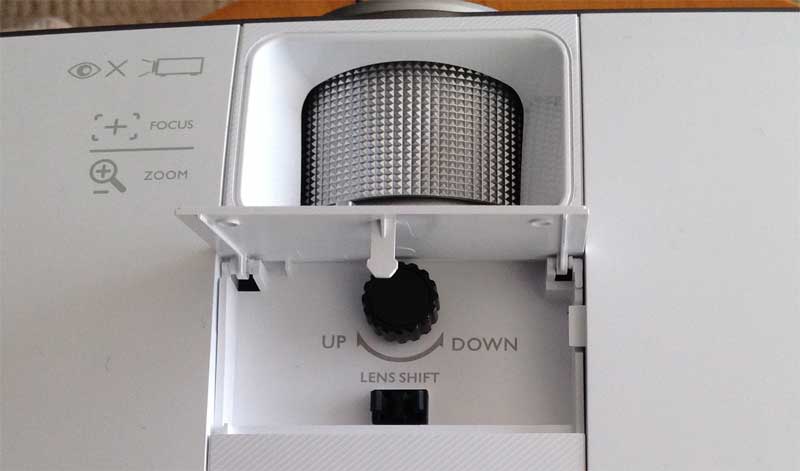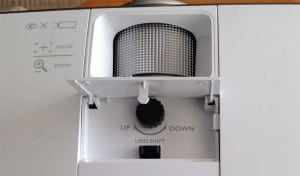- BenQ W1500 Home Projector - Review
- BenQ W1500 Projector - Special Features
- BenQ W1500 Projector - Special Features 2
- BenQ W1500 Projector - Special Features 3
- BenQ W1500 Projector - Hardware Tour
- BenQ W1500 Projector - Hardware Tour 2
- BenQ W1500 Projector - Hardware Tour 3
- BenQ W1500 Projector - Picture Quality
- BenQ W1500 Projector: Picture Quality 2
- BenQ W1500 Projector - Picture Quality 3
- BenQ W1500 Projector - Picture Quality 4
- BenQ W1500 Projector: Picture Quality 5
- BenQ W1500 Projector - Performance
- BenQ W1500 Projector - Performance 2
- BenQ W1500 Projector: Performance 3
- BenQ W1500 Projector - Calibration & Settings 1
- BenQ W1500 Projector - Calibration & Settings 2
- BenQ W1500 Projector - Advanced Calibration Information
- BenQ W1500 Projector - Warranty
- BenQ W1500 Projector - Projector Screen Advice
- BenQ W1500 Projector: Summary
- BenQ W1500 Projector - Summary 2
- BenQ W1500 Projector Specifications
- Home
- All Reviews
- By Category
- By Manufacturer
- Best Projectors
- Best Projectors By Category
- Best Projectors On Amazon
- Best 4K Projectors
- Best Ultra Short Throw Projectors
- Best Laser TVs
- Best Gaming Projectors
- Best Home Theater Projectors
- Best Projectors Under $1,000
- Best Projectors Under $500
- Best Portable Projectors
- Best Outdoor Projectors
- Best Bright Budget-Friendly Outdoor Projectors
- Best Battery Powered Outdoor Projectors
- Best Outdoor Projection Screens
- Industry News
- Reports
- Projector Manufacturers
- Manufacturer Terminology
- Manufacturers
- Recent Articles
- Custom Integration
- Projection Terms
- Projector Manufacturers Categories
- Videos
- Blog
Close
Menu
- All Reviews
- By Category
- By Manufacturer
- Best Projectors By Category
- Best Projectors On Amazon
- Best 4K Projectors
- Best Ultra Short Throw Projectors
- Best Laser TVs
- Best Gaming Projectors
- Best Home Theater Projectors
- Best Projectors Under $1,000
- Best Projectors Under $500
- Best Portable Projectors
- Best Outdoor Projectors
- Best Bright Budget-Friendly Outdoor Projectors
- Best Battery Powered Outdoor Projectors
- Best Outdoor Projection Screens
- Latest News
- Reports & Guides
- Manufacturers
- Articles
- Custom Integration
- Projection Terms
- Blog
close



